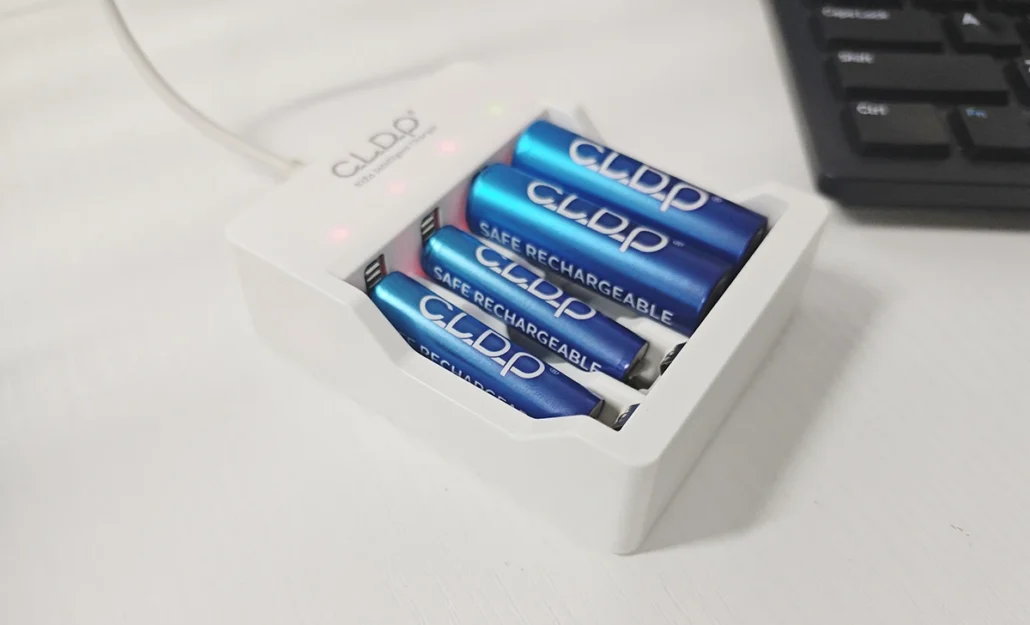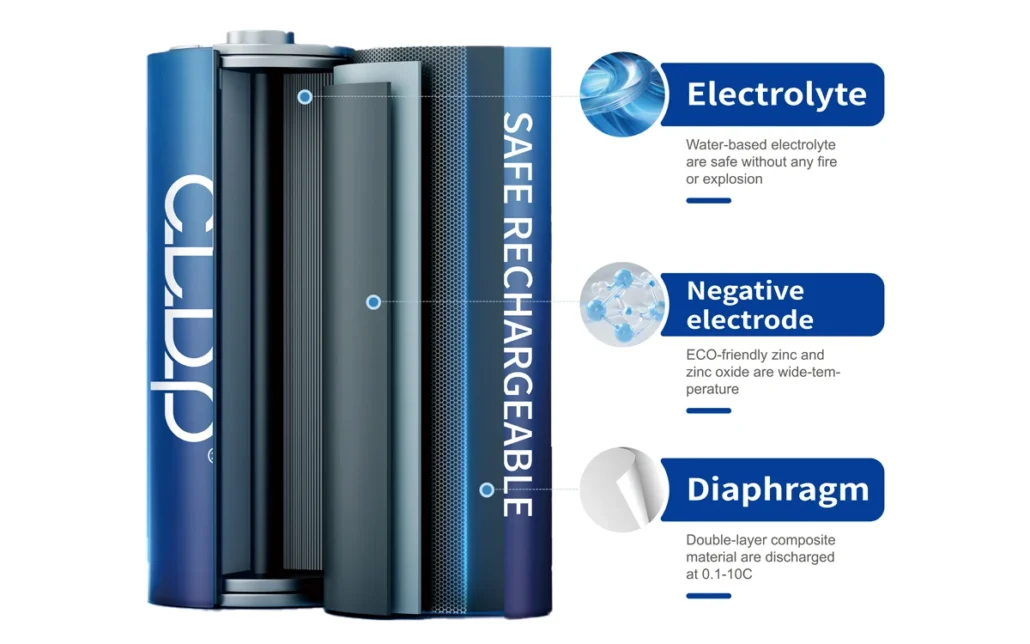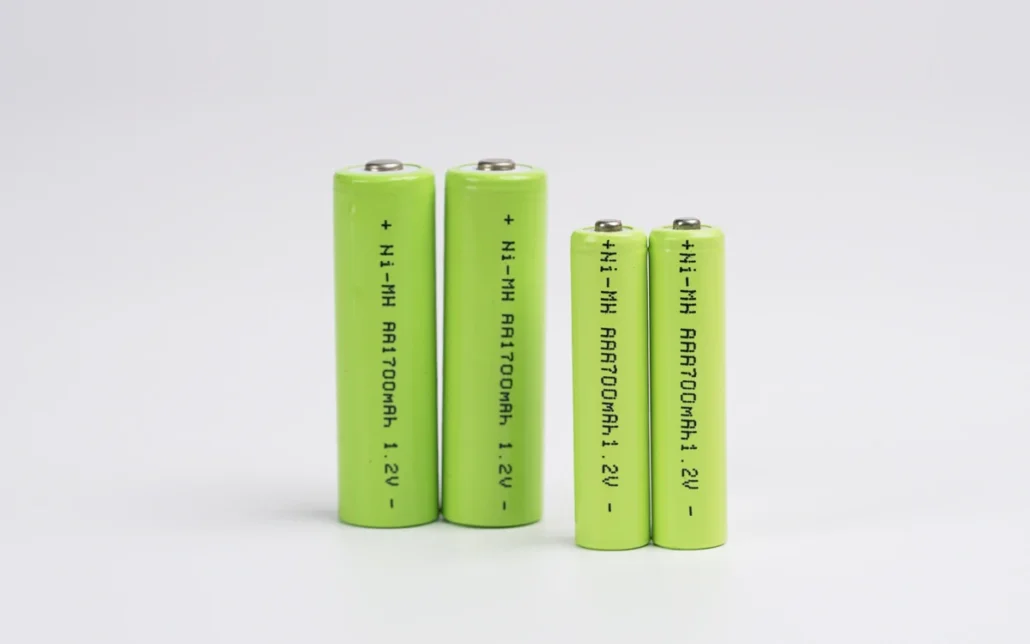The history of zinc-nickel batteries
In 1901, Thomas Edison published the first patent related to nickel-zinc rechargeable batteries1. After that, although there were many related studies, many technologies did not make good breakthroughs, so nickel-zinc batteries could not be applied in practice.
In recent years, with the development of battery technology, the research of zinc-nickel rechargeable batteries has made breakthrough progress. In the industrial field, the UPS battery developed by ZincFive in the United States has made great achievements. In the field of household AA and AAA batteries, Chaoli New Energy has obtained more than 40 related patents and currently has a certain market scale in the household field.
Advantages of zinc-nickel batteries
There are various types of rechargeable batteries on the market, but zinc-nickel rechargeable batteries have their own advantages over other types of rechargeable batteries.
Voltage
The nominal voltage of No. 5 and No. 7 zinc-nickel rechargeable batteries is 1.6V, which is close to the voltage of alkaline batteries, so compared with 1.2V nickel-hydrogen batteries, they have better applicability in the household field.
Safety
Zinc-nickel rechargeable batteries use zinc and nickel as raw materials. These two elements have stable chemical properties relative to lithium ions, have better safety during the charging and discharging process, and have no risk of thermal runaway.
Working temperature
After testing, zinc-nickel rechargeable batteries have relatively better working performance in high and low temperature environments, and can still work at 80 degrees and minus 40 degrees.
Recycling rate
Nickel and zinc elements are easy to recycle, and the recycling rate can reach 85%.
Rich resources
Nickel and zinc elements have more mining resources than other rare earths used in batteries, giving zinc-nickel batteries a better cost advantage.

The future of zinc-nickel rechargeable batteries
Zinc-nickel rechargeable batteries have currently gained a certain market in the home and commercial fields. This also promotes better progress and iteration of zinc-nickel battery technology. In 2000, Chaoli New Energy jointly formulated the first domestic zinc-nickel battery industry standard “General Specifications for Zinc-nickel Storage Batteries” with relevant departments, which provides a reference standard for the subsequent development of the zinc-nickel rechargeable battery field and has important guiding significance. At present, there are many companies and institutions in China that are developing zinc-nickel rechargeable batteries, which shows that zinc-nickel batteries have attracted more and more attention. The safety of zinc-nickel batteries has attracted more people to join this field. This has promoted the development of zinc-nickel batteries.
The current application of zinc-nickel batteries is still very limited, and more technical research and development is needed. I believe that in the near future, zinc-nickel rechargeable batteries will be able to have better development.




